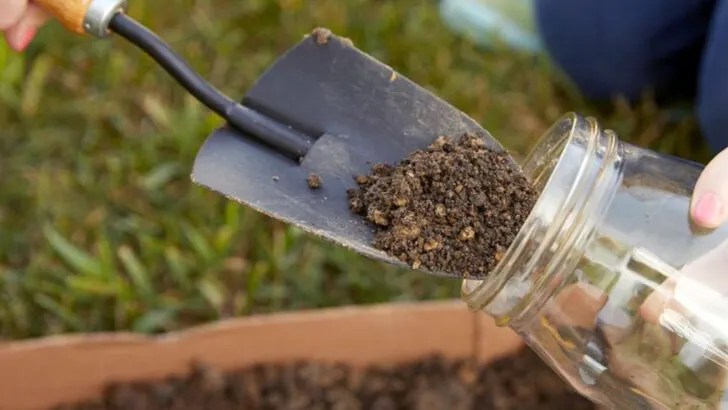In an unpredictable world, one thing is certain: a self-sufficient garden isn’t just a hobby—it’s a form of preparedness. Whether you’re growing to save money, eat healthier, or become less dependent on unstable supply chains, now is the time to take your garden from productive to resilient. And the good news? You don’t need to start over—you just need to grow smarter.
Too often, we rely on store-bought inputs like synthetic fertilizers, delicate seedlings, or outside irrigation. But when you design your garden to feed itself, support its own soil, and bounce back after setbacks, you create a system that keeps going—even if everything else doesn’t. Nature already knows how to survive—we just need to follow her lead.
From companion planting to rainwater capture, seed saving, and beyond, these 16 strategies can transform even a small garden into something far more powerful: a source of ongoing nourishment, security, and peace of mind. And the best time to start? Before you wish you had.
Compost Creation
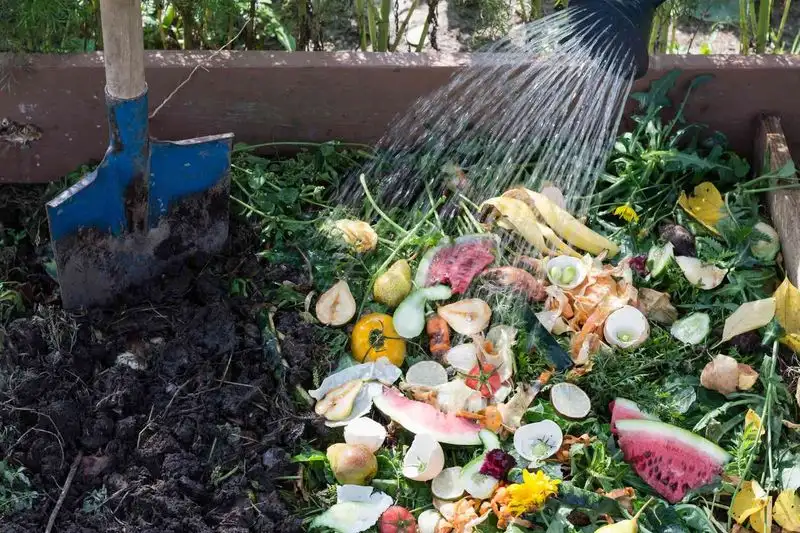
Turning kitchen scraps and yard waste into compost is not only eco-friendly but also enriches your soil. Composting transforms waste into valuable nutrients for plants, reducing the need for chemical fertilizers. This natural process supports a healthier ecosystem within your garden. Positioning your compost heap wisely can speed up decomposition and minimize odor. Consider the layering method: alternate between green materials like vegetable peels and brown materials such as dried leaves. Regular turning aerates the pile, accelerating the breakdown process. Over time, your garden will thrive with this nutrient-rich amendment.
Rainwater Harvesting
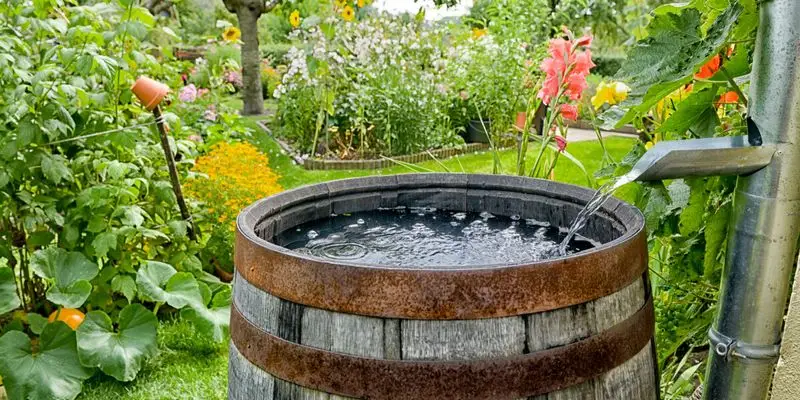
Capturing rainwater is an efficient way to conserve resources and support your garden. By installing a rain barrel, you can collect natural rainfall and use it to water your plants. This sustainable practice reduces dependency on municipal water supplies and cuts down on water bills. Ensure your rain barrel has a secure lid to prevent debris and mosquito breeding. You can also connect multiple barrels for larger gardens. This method allows you to irrigate even during dry spells, ensuring your plants receive consistent moisture throughout the growing season.
Companion Planting
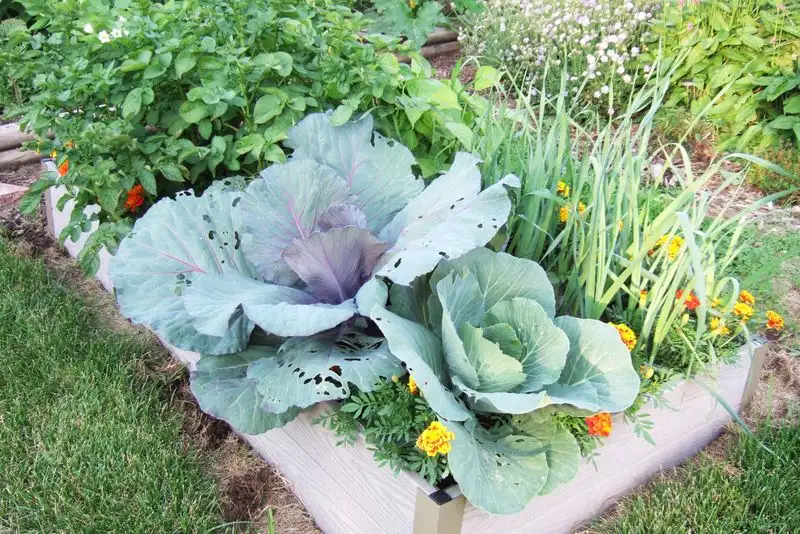
Pairing certain plants can enhance growth and protect against pests naturally. Companion planting involves strategically positioning plants to benefit one another. For instance, basil repels pests from tomatoes while enhancing their flavor. This method creates a balanced ecosystem, encouraging pollination and warding off harmful insects. It’s vital to research which plants thrive together to maximize the benefits. Marigolds, for example, deter nematodes and attract beneficial insects. Incorporating these combinations into your garden plan can lead to robust, healthy harvests without relying on pesticides.
Mulching Techniques
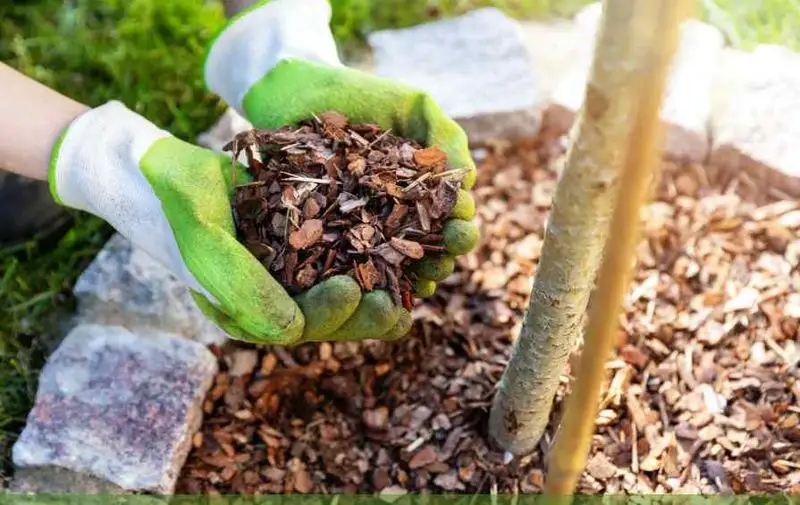
Mulching serves as a protective barrier, locking in moisture and suppressing weeds. By covering soil with organic materials like straw or wood chips, you create a stable environment for plant roots. This practice not only conserves water but also improves soil health over time. Mulch breaks down slowly, releasing nutrients as it decomposes, which feeds your plants naturally. Additionally, it moderates soil temperature, providing insulation against extreme weather. Choose mulch that complements your garden’s needs and aesthetics. Regularly replenishing your mulch ensures continuous protection and benefits.
Natural Pest Control
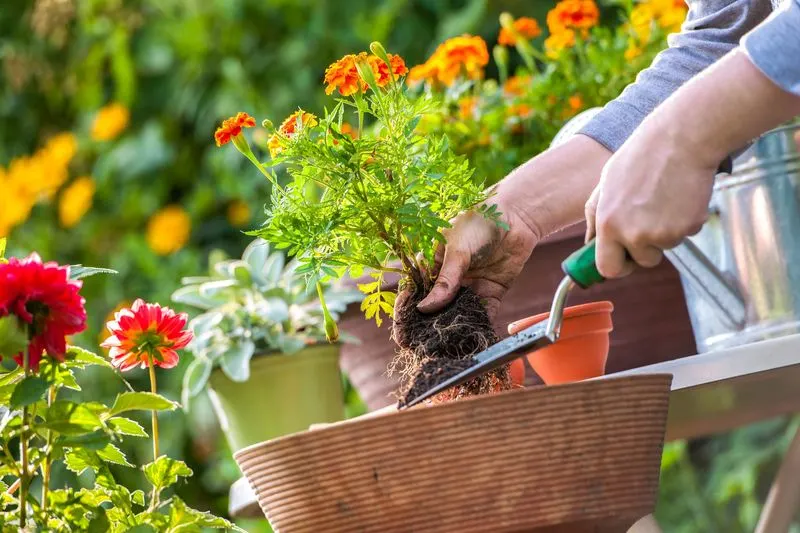
Encouraging beneficial insects can minimize pest problems without chemicals. Ladybugs, for instance, feast on aphids, while birds prey on caterpillars and beetles. Introducing these natural predators to your garden can keep harmful insects in check. Planting a diverse array of flowers attracts these helpful allies, promoting a balanced ecosystem. Consider setting up bird feeders or insect hotels to invite more visitors. This approach not only protects your plants but also supports biodiversity. Over time, relying on nature’s pest control can lead to a healthier, more vibrant garden environment.
Soil Testing and Improvement
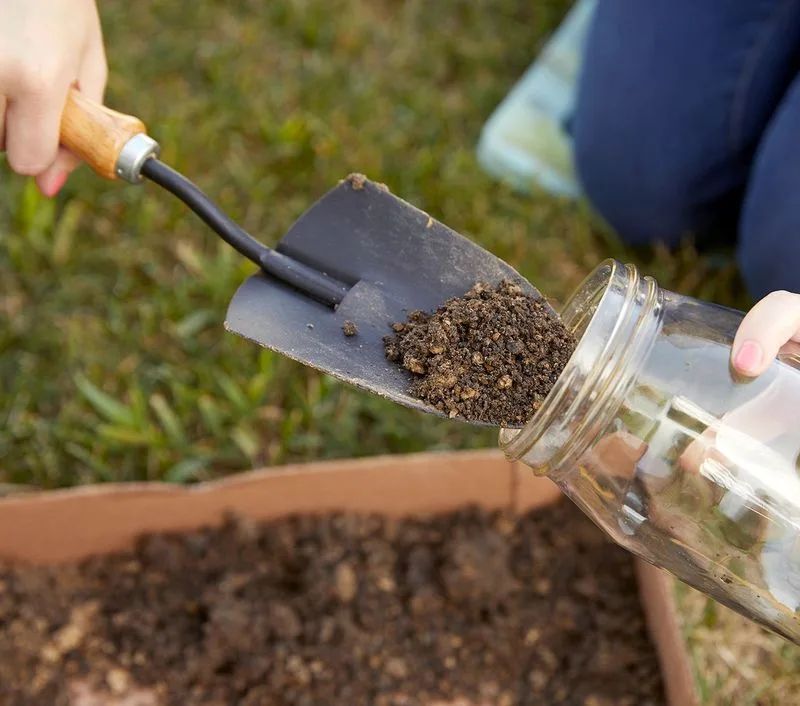
Understanding your soil’s composition is crucial for optimal plant growth. Conducting a soil test reveals pH levels and nutrient deficiencies, guiding amendments. Based on results, you can adjust soil conditions for better yields. Adding lime can raise pH, while sulfur lowers it, creating a balanced environment for plants. Organic matter like compost enhances soil structure and fertility, promoting root development. Regular testing ensures your garden remains productive, adapting to changing conditions. Tailoring soil improvements to your plants’ needs fosters a thriving, self-sufficient garden.
Perennial Planting
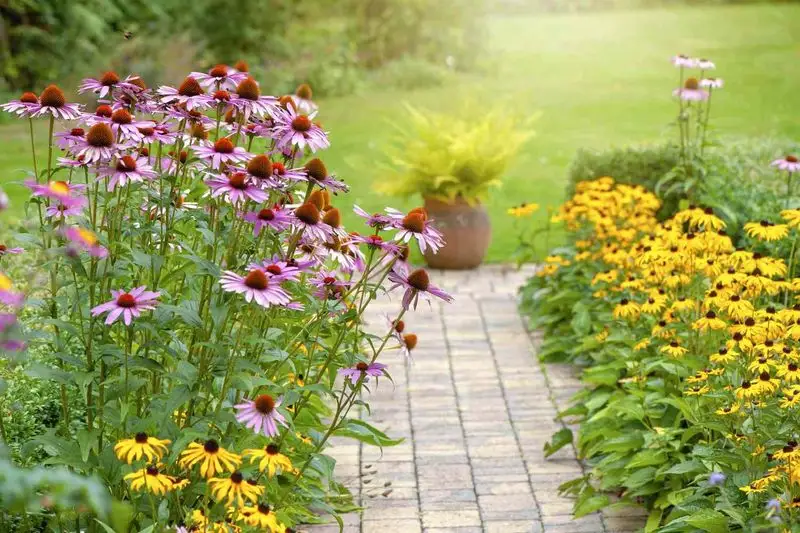
Integrating perennials reduces annual planting labor and ensures consistent harvests. These plants return year after year, requiring less maintenance while providing reliable yields. With a variety of flowers and vegetables, your garden can offer beauty and sustenance across seasons. Perennials like asparagus and rhubarb contribute to a self-sufficient food supply. Their deep root systems improve soil structure and minimize erosion. By investing in perennials, you create a resilient garden that adapts to environmental changes and supports long-term sustainability.
Seed Saving
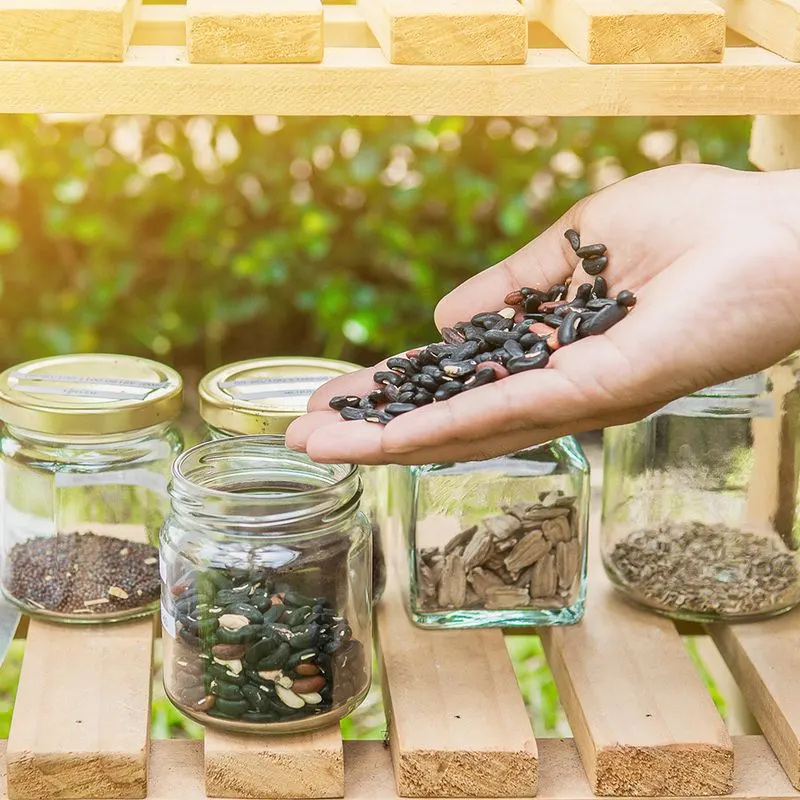
Preserving seeds from your best-performing plants ensures adaptability and reduces costs. By saving seeds, you select for traits that thrive in your local climate. This practice fosters resilience, as plants gradually adapt to environmental changes. Collect seeds from healthy, mature specimens to maintain quality. Store them in cool, dry conditions to preserve viability. This method not only saves money but also promotes biodiversity within your garden. Over time, you’ll build a personalized seed bank, reflecting your garden’s unique character and supporting continued self-sufficiency.
Vertical Gardening
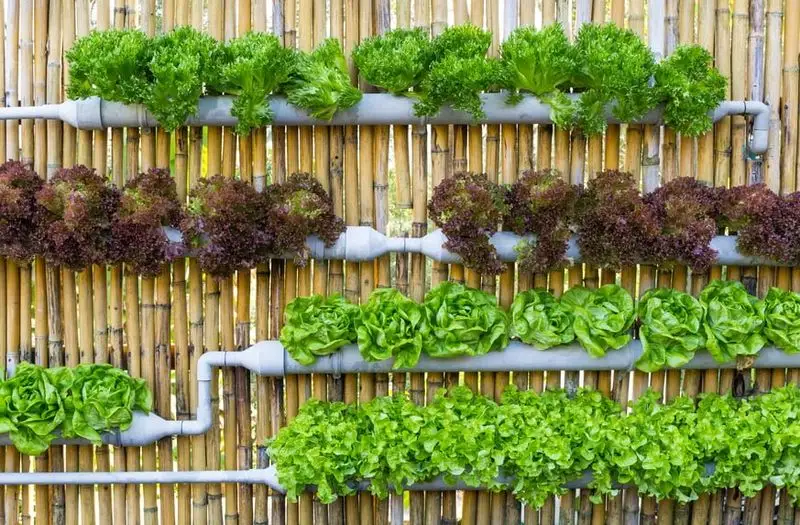
Maximizing space is key in limited areas, and vertical gardening offers a smart solution. By growing plants upwards, you can cultivate a variety of crops in compact spaces. This method suits urban environments or small backyards, providing easy access to fresh produce. Vertical planters, trellises, or wall-mounted systems accommodate everything from herbs to strawberries. Not only does this save space, but it also improves airflow and sunlight exposure, enhancing plant health. Embrace vertical gardening to achieve a productive, self-sufficient garden, even in the tightest spots.
Pollinator Attraction

Encouraging pollinators enhances plant productivity and biodiversity. By planting a diverse array of flowers, you create a welcoming habitat for bees, butterflies, and birds. These creatures play a vital role in fertilizing plants, leading to bountiful harvests. Including native plants boosts pollinator visits, contributing to a thriving garden ecosystem. Avoiding pesticides and providing water sources further supports these essential allies. Creating a pollinator-friendly garden not only boosts yields but also fosters a healthy environment, benefiting your plants and the wider ecosystem.
Herb Spirals
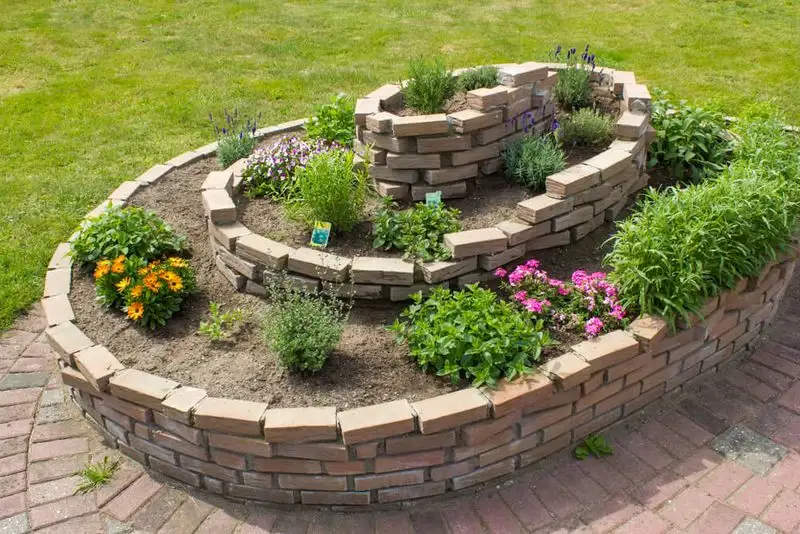
Creating a herb spiral maximizes space and enhances accessibility. This innovative design allows you to grow a variety of herbs in a compact area, with each tier offering different microclimates. The elevated structure improves drainage and sun exposure, vital for thriving herbs. Plant sun-loving varieties like rosemary at the top, while moisture-tolerant ones like mint thrive at the base. This arrangement provides easy access for harvesting and maintenance. Herb spirals add aesthetic appeal and functionality, contributing to a self-sufficient garden filled with fresh flavors.
Aquaponics System
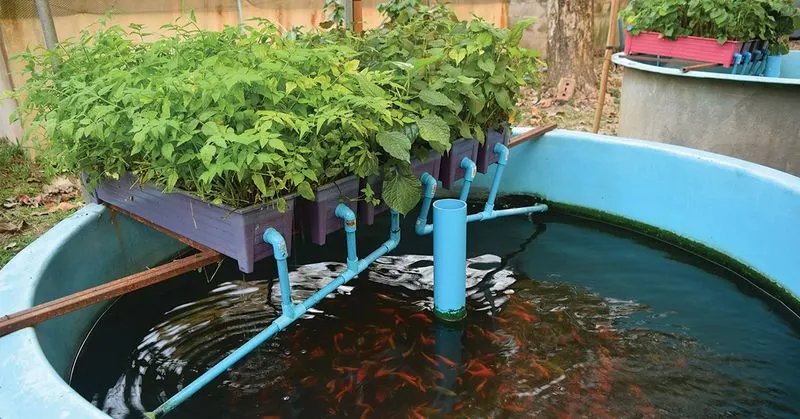
Merging aquaculture and hydroponics creates a sustainable food production system. Aquaponics uses fish waste to nourish plants, which in turn filter water for the fish. This cycle mimics natural ecosystems, promoting efficient resource use. Setting up an aquaponics system provides fresh fish and produce, all within a compact space. It requires careful monitoring of water quality and nutrient levels to maintain balance. Aquaponics offers a unique way to achieve a self-sufficient garden, enhancing food security and reducing environmental impact.
Native Plant Selection
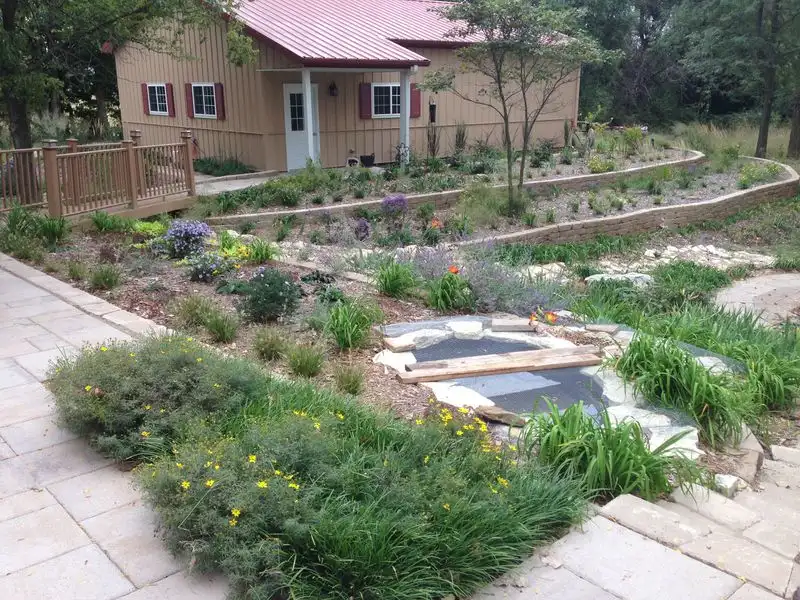
Choosing native plants simplifies garden maintenance and supports local wildlife. These plants are adapted to the region’s climate, requiring less water and care. Native species attract beneficial insects and birds, fostering a balanced ecosystem. By selecting plants that naturally thrive, you reduce the need for fertilizers and pesticides. This approach not only benefits your garden but also conserves local biodiversity. Incorporating native plants contributes to a vibrant, self-sufficient garden that aligns with its surrounding environment.
Permaculture Principles
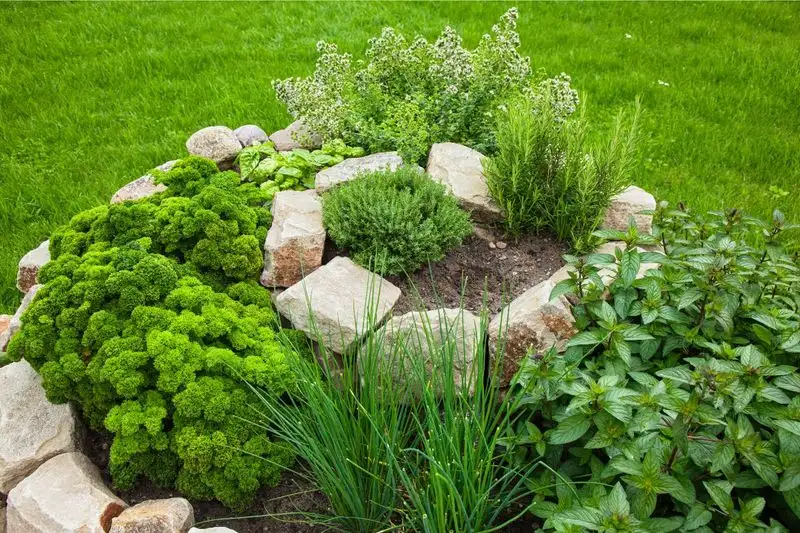
Applying permaculture principles transforms your garden into a self-sustaining ecosystem. This holistic approach designs gardens based on natural processes, ensuring harmony between plants, animals, and humans. By mimicking natural ecosystems, permaculture reduces waste and resource use. Key practices include creating swales for water management and planting in guilds for mutual support. This method fosters a resilient garden that adapts to changing conditions. Embrace permaculture to cultivate a productive, sustainable garden that prioritizes ecological balance and long-term viability.
Succession Planting
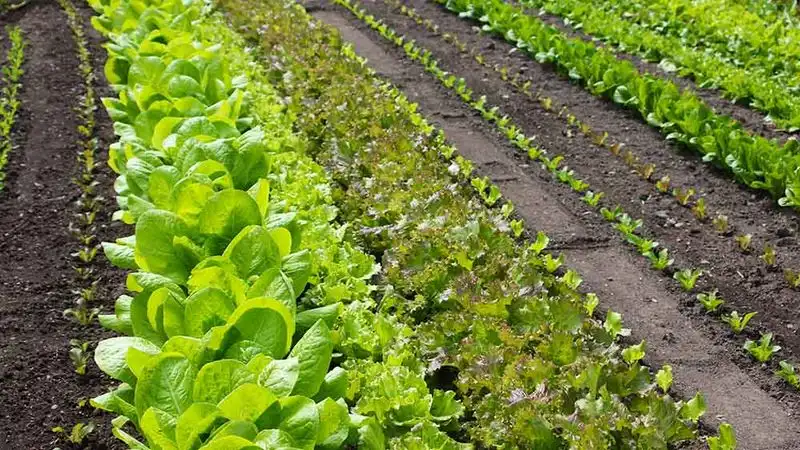
Staggering plantings ensures continuous harvests and maximizes space. Succession planting involves sowing seeds at intervals, allowing for multiple yields from the same garden area. This technique keeps your garden productive throughout the growing season. For instance, after harvesting early crops like lettuce, plant beans or carrots in the same spot. Successful succession requires planning and crop rotation to maintain soil health. By optimizing planting schedules, you increase yields and make efficient use of your garden’s potential, supporting self-sufficiency.
Efficient Irrigation Systems
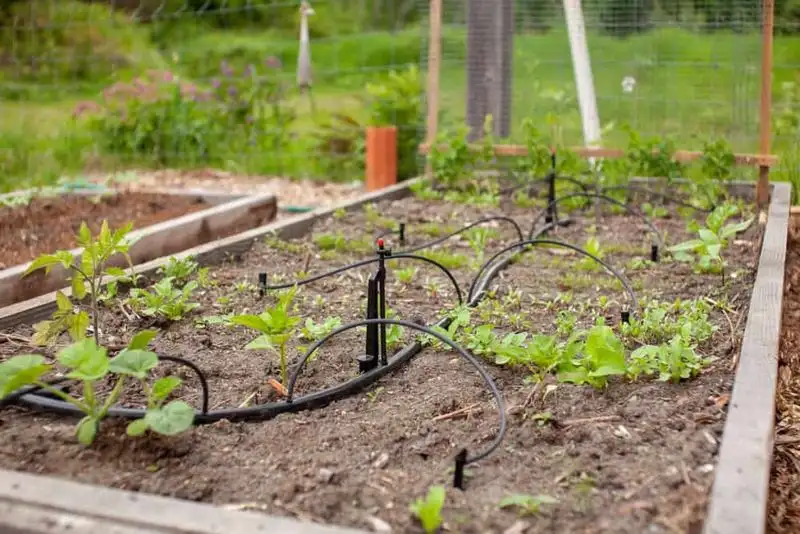
Optimizing water use is crucial for a self-sufficient garden. Efficient irrigation systems like drip or soaker hoses deliver water directly to plant roots, minimizing waste. These systems reduce evaporation and runoff, ensuring plants receive adequate moisture. Customizing irrigation schedules based on weather and soil conditions further enhances efficiency. Investing in a smart irrigation controller can automate the process, adapting to your garden’s needs. By using water wisely, you maintain a healthy garden while conserving resources, aligning with sustainable gardening practices.

